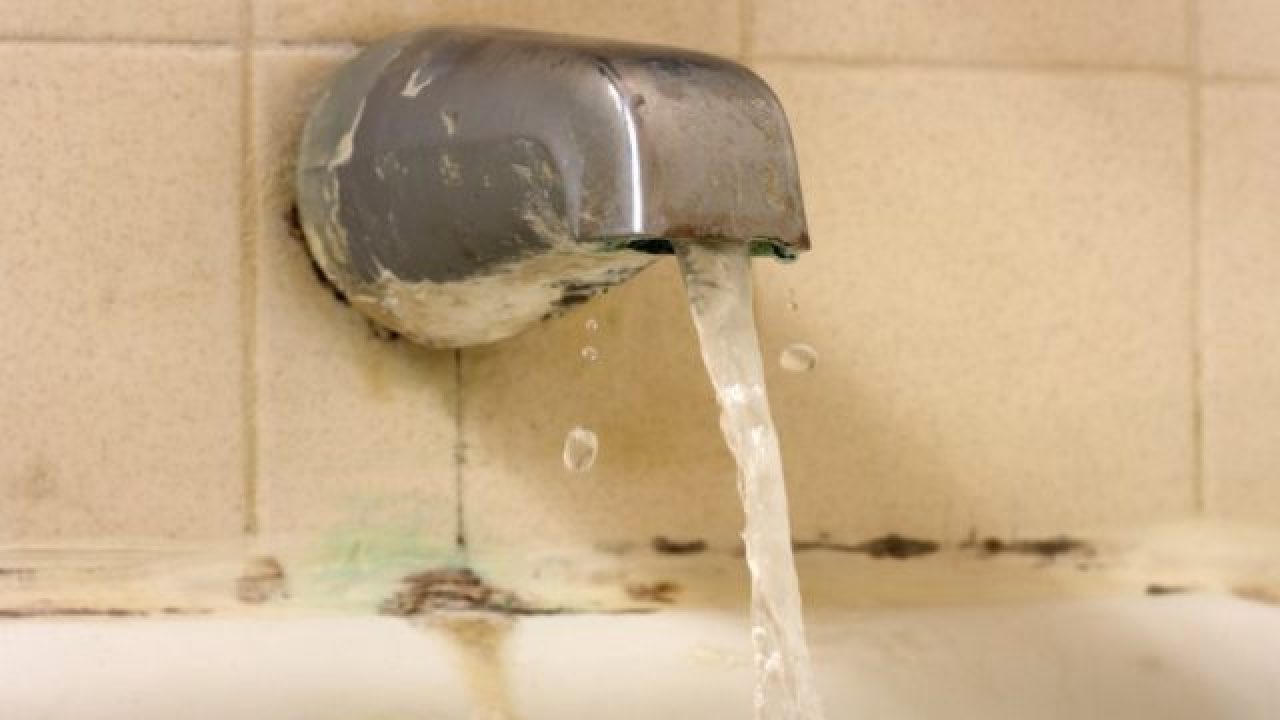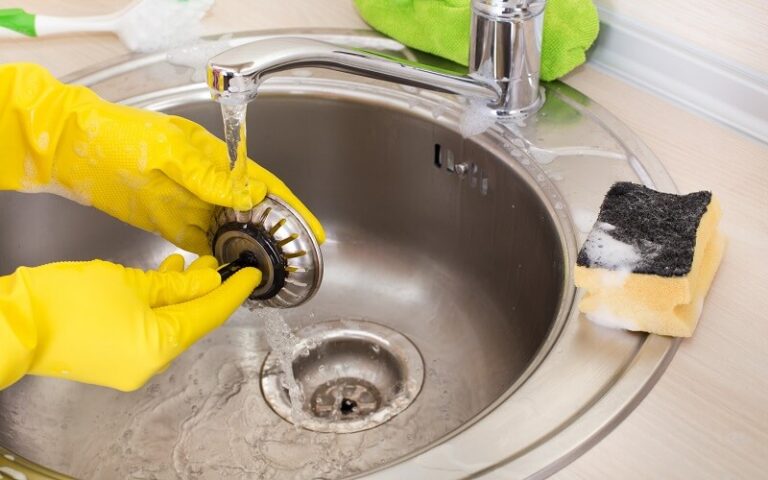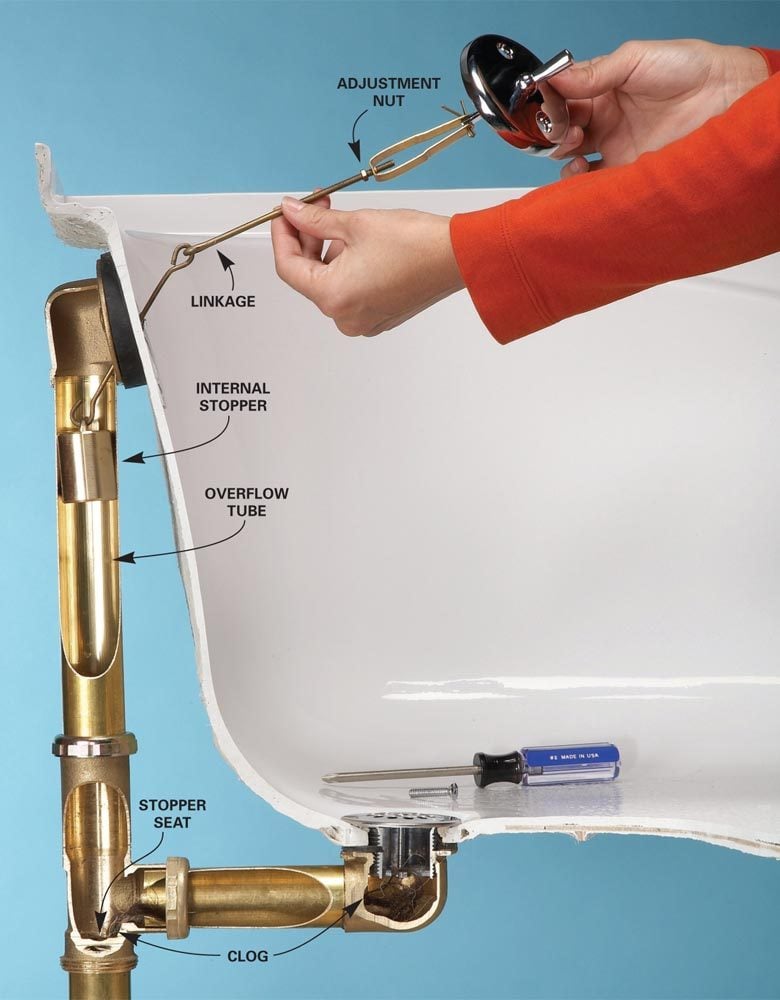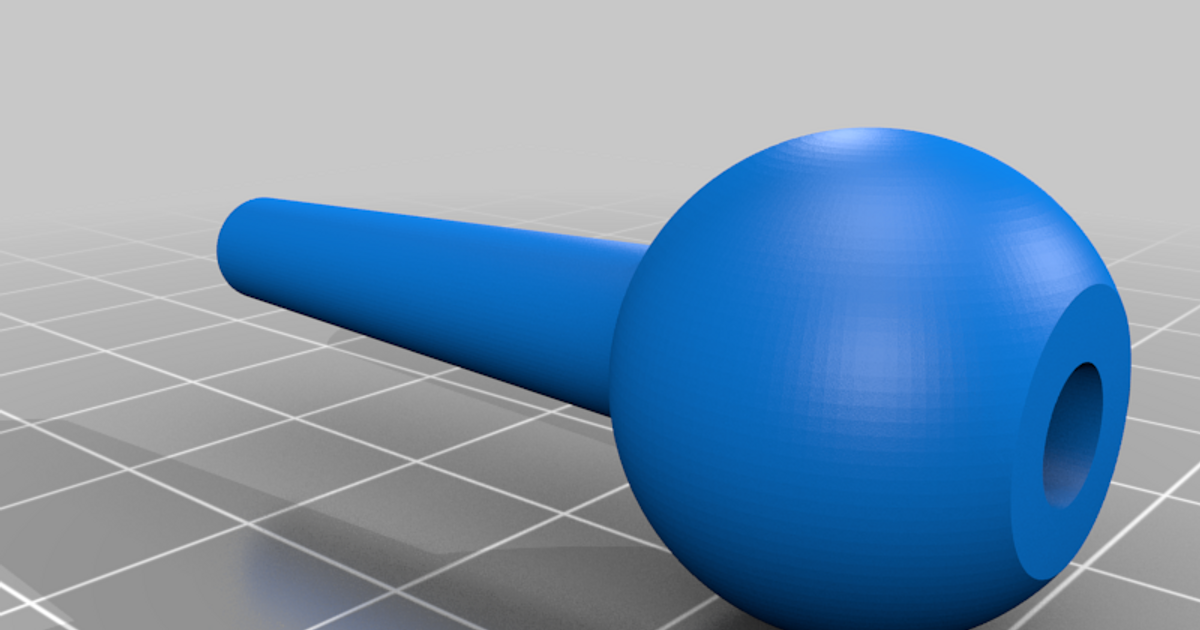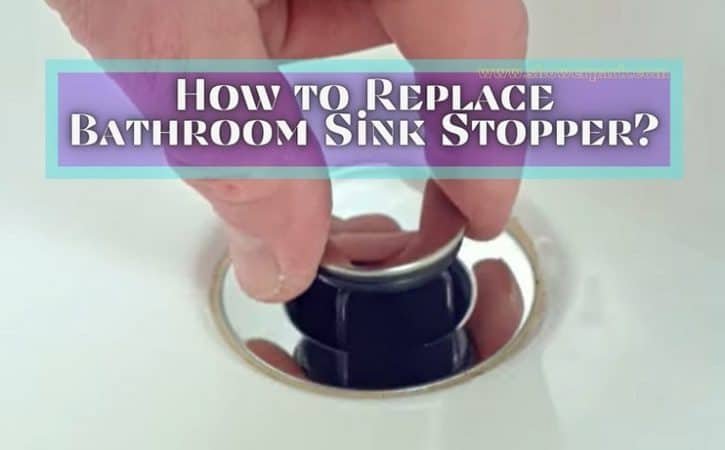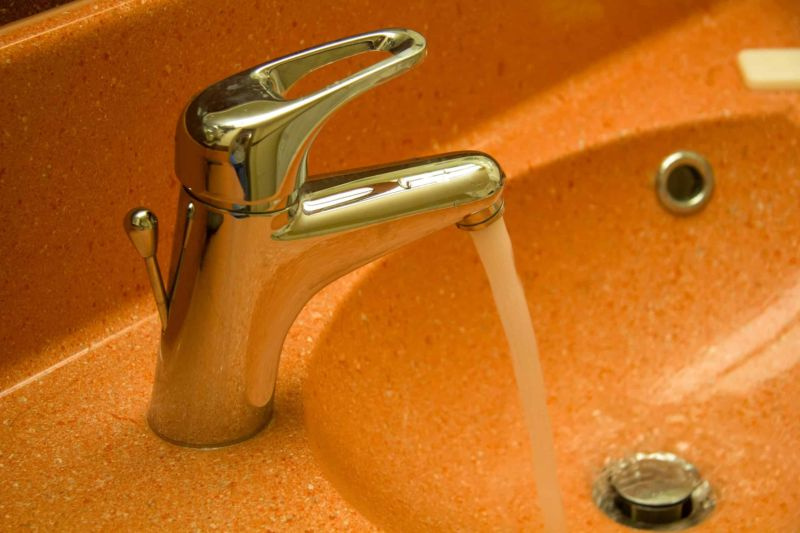Mold on Bathroom Sink Stopper: How to Deal with This Common Bathroom Problem
Discovering mold on your bathroom sink stopper can be a frustrating and unpleasant experience. Not only is it unsightly, but it can also pose potential health risks if left untreated. However, with the right knowledge and tools, you can easily remove and prevent mold growth on your bathroom sink stopper. Here are the top 10 ways to deal with mold on bathroom sink stoppers.
How to Remove Mold from Bathroom Sink Stopper: A Step-by-Step Guide
Before you begin the removal process, make sure to wear protective gear such as gloves and a face mask to avoid inhaling mold spores. Start by removing the stopper from the sink and soaking it in a solution of equal parts water and white vinegar for about an hour. Then, use a scrub brush or old toothbrush to gently scrub away the mold. Rinse the stopper with clean water and dry it thoroughly before placing it back in the sink.
Best Products for Removing Mold on Bathroom Sink Stopper: Say Goodbye to Mold and Hello to a Clean Sink
If you prefer to use commercial products, there are several options available to effectively remove mold from your bathroom sink stopper. Look for cleaners specifically designed for removing mold and mildew, and make sure to follow the instructions carefully. Some popular choices include bleach, hydrogen peroxide, and anti-fungal sprays.
DIY Solution for Mold on Bathroom Sink Stopper: An Affordable and Eco-Friendly Alternative
If you prefer a more natural and budget-friendly approach, you can make your own mold removal solution using ingredients commonly found in your kitchen. Mix equal parts baking soda and water to create a paste, then apply it to the moldy areas of your sink stopper. Let it sit for about 30 minutes before scrubbing and rinsing off with water.
Preventing Mold Growth on Bathroom Sink Stopper: Tips for Keeping Your Sink Stopper Mold-Free
Prevention is key when it comes to dealing with mold on bathroom sink stoppers. Regularly cleaning and drying the stopper after use can help prevent mold growth. Additionally, make sure to fix any leaks or drips in the sink to avoid excess moisture, which can contribute to mold growth.
Natural Remedies for Mold on Bathroom Sink Stopper: Gentle and Effective Solutions for a Healthier Home
If you prefer to use natural remedies, there are several options available for removing mold on bathroom sink stoppers. These include using essential oils such as tea tree or eucalyptus, which have anti-fungal properties, or using a mixture of vinegar and baking soda to create a foaming cleaner.
Professional Mold Removal for Bathroom Sink Stopper: When to Call in the Experts
If your mold problem is extensive or you are unsure about how to safely remove it yourself, it may be best to call in a professional mold removal service. They have the knowledge, equipment, and expertise to effectively remove mold and ensure that it does not return.
Common Causes of Mold on Bathroom Sink Stopper: Understanding the Source
Mold thrives in damp and humid environments, which makes bathrooms a prime location for mold growth. Common causes of mold on bathroom sink stoppers include poor ventilation, excess moisture from leaks or drips, and not cleaning the stopper regularly. Identifying the source can help prevent mold from returning in the future.
Tips for Cleaning Mold on Bathroom Sink Stopper: Keep Your Bathroom Clean and Mold-Free
Regularly cleaning your bathroom sink stopper can help prevent mold growth. Use a mild detergent or anti-fungal cleaner and scrub the stopper thoroughly before rinsing it with water. It is also helpful to use a toothbrush or cotton swab to clean hard-to-reach areas.
How to Keep Bathroom Sink Stopper Mold-Free: Simple Habits for a Healthier Bathroom
In addition to regularly cleaning your sink stopper, there are a few simple steps you can take to keep it mold-free. These include wiping down the stopper after each use, fixing any leaks or drips, and keeping the bathroom well-ventilated. By incorporating these habits into your routine, you can ensure a clean and mold-free bathroom sink stopper.
The Dangers of Mold on Bathroom Sink Stoppers

Understanding the Causes of Mold Growth
 When it comes to maintaining a clean and hygienic bathroom,
mold on the bathroom sink stopper
is a common issue that many homeowners face. This type of mold growth is caused by a combination of moisture, warmth, and organic matter present on the stopper. This creates the perfect environment for mold spores to thrive and can lead to potential health hazards if left untreated.
When it comes to maintaining a clean and hygienic bathroom,
mold on the bathroom sink stopper
is a common issue that many homeowners face. This type of mold growth is caused by a combination of moisture, warmth, and organic matter present on the stopper. This creates the perfect environment for mold spores to thrive and can lead to potential health hazards if left untreated.
The Health Risks of Mold Exposure
 Mold can not only cause unsightly stains on your bathroom sink stopper, but it can also pose serious health risks to you and your family.
Exposure to mold
can result in respiratory issues, allergies, and even infections. This is especially dangerous for individuals with weakened immune systems, such as young children, elderly, or those with pre-existing health conditions.
Mold can not only cause unsightly stains on your bathroom sink stopper, but it can also pose serious health risks to you and your family.
Exposure to mold
can result in respiratory issues, allergies, and even infections. This is especially dangerous for individuals with weakened immune systems, such as young children, elderly, or those with pre-existing health conditions.
Preventing Mold Growth on Bathroom Sink Stoppers
 Fortunately, there are simple steps you can take to prevent mold from growing on your bathroom sink stopper. First and foremost,
regular cleaning and maintenance
are crucial. Make sure to thoroughly clean your sink stopper with a disinfectant cleaner at least once a week. Additionally,
keeping the sink area well-ventilated
can help reduce moisture and prevent mold growth.
Fortunately, there are simple steps you can take to prevent mold from growing on your bathroom sink stopper. First and foremost,
regular cleaning and maintenance
are crucial. Make sure to thoroughly clean your sink stopper with a disinfectant cleaner at least once a week. Additionally,
keeping the sink area well-ventilated
can help reduce moisture and prevent mold growth.
Treating Existing Mold on Sink Stoppers
 If you have already noticed mold on your bathroom sink stopper, don't panic. There are effective ways to
treat existing mold
and prevent it from coming back. You can use a mixture of equal parts white vinegar and water to scrub away the mold. Another option is to use a store-bought mold and mildew cleaner. Just make sure to follow the instructions carefully and wear protective gear to avoid any potential health risks.
If you have already noticed mold on your bathroom sink stopper, don't panic. There are effective ways to
treat existing mold
and prevent it from coming back. You can use a mixture of equal parts white vinegar and water to scrub away the mold. Another option is to use a store-bought mold and mildew cleaner. Just make sure to follow the instructions carefully and wear protective gear to avoid any potential health risks.
In Conclusion
 In conclusion,
mold on bathroom sink stoppers
is a common issue that can lead to potential health hazards if left untreated. By understanding the causes of mold growth, taking preventive measures, and properly treating existing mold, you can maintain a clean and hygienic bathroom. Remember, regular cleaning and maintenance are key to keeping your bathroom sink stopper mold-free.
In conclusion,
mold on bathroom sink stoppers
is a common issue that can lead to potential health hazards if left untreated. By understanding the causes of mold growth, taking preventive measures, and properly treating existing mold, you can maintain a clean and hygienic bathroom. Remember, regular cleaning and maintenance are key to keeping your bathroom sink stopper mold-free.





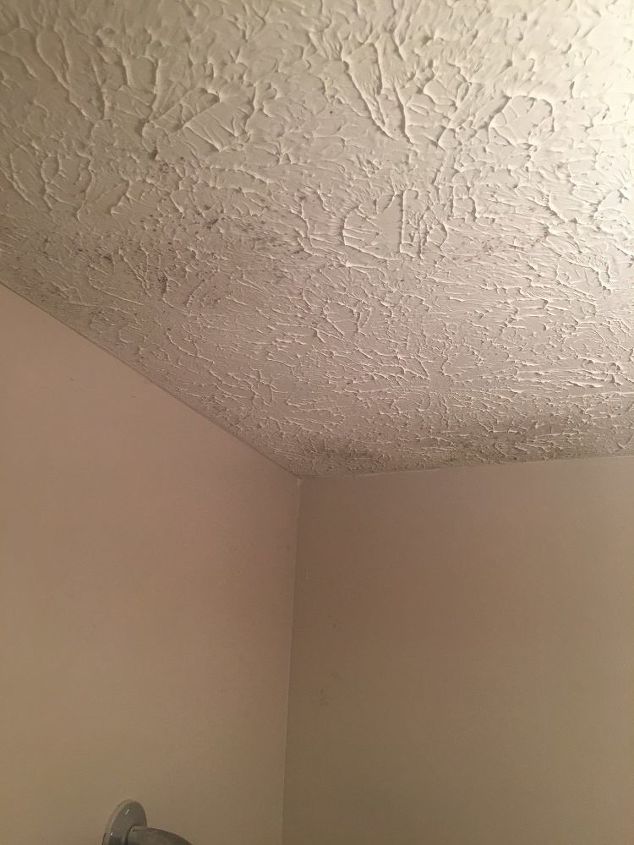



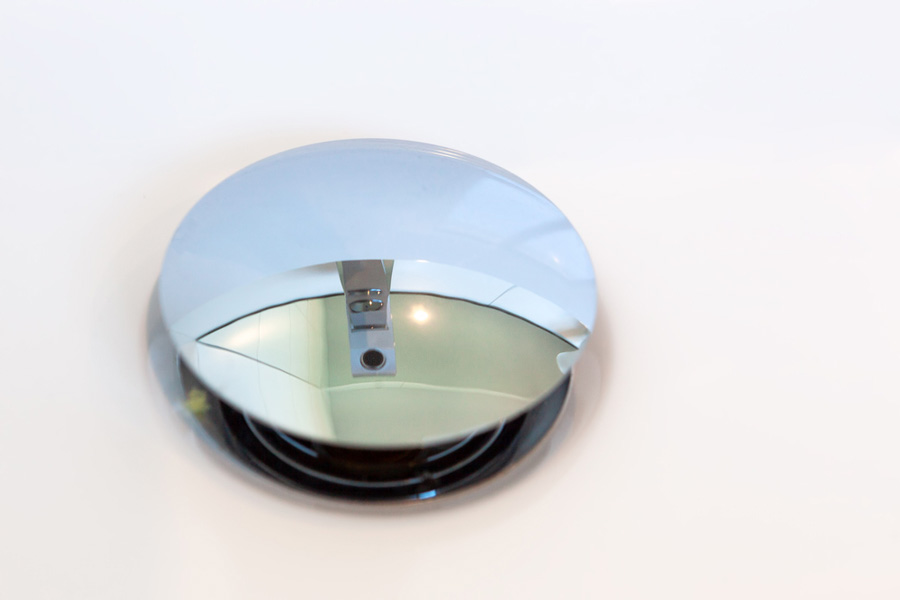
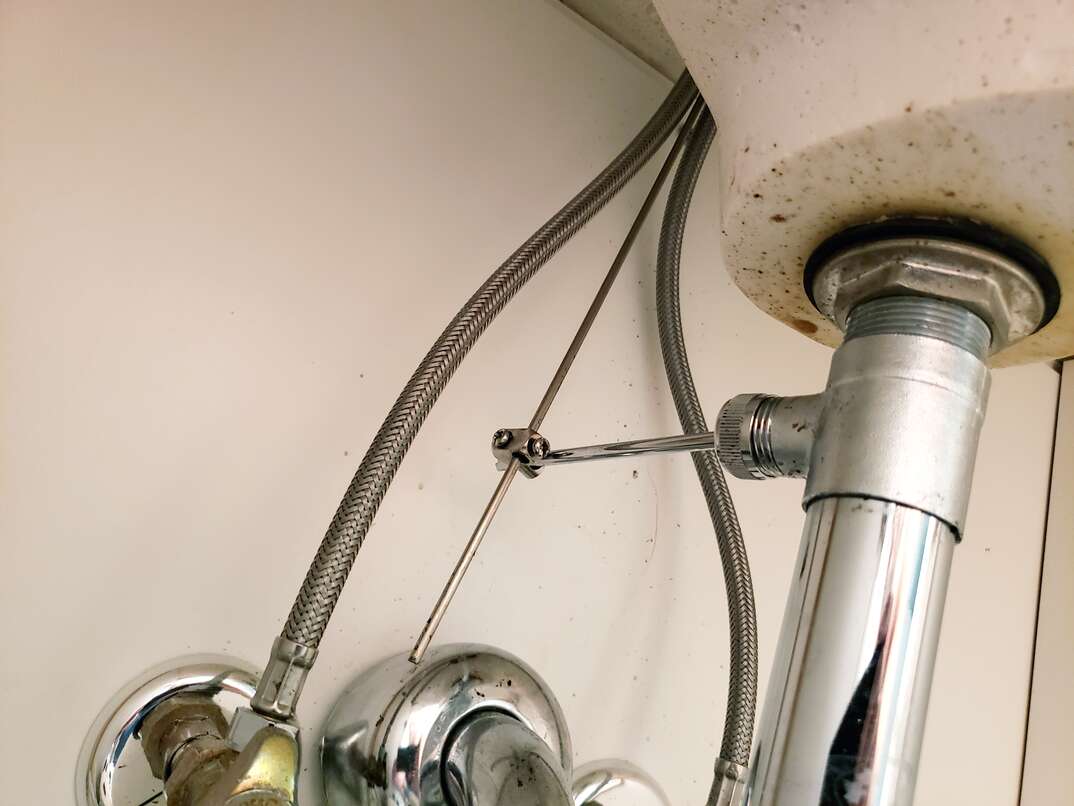
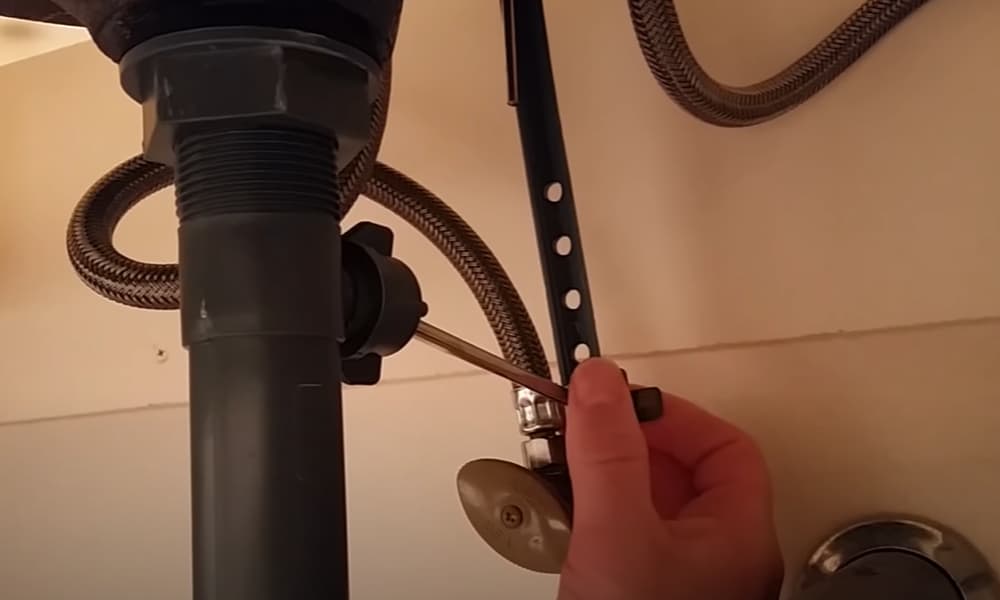



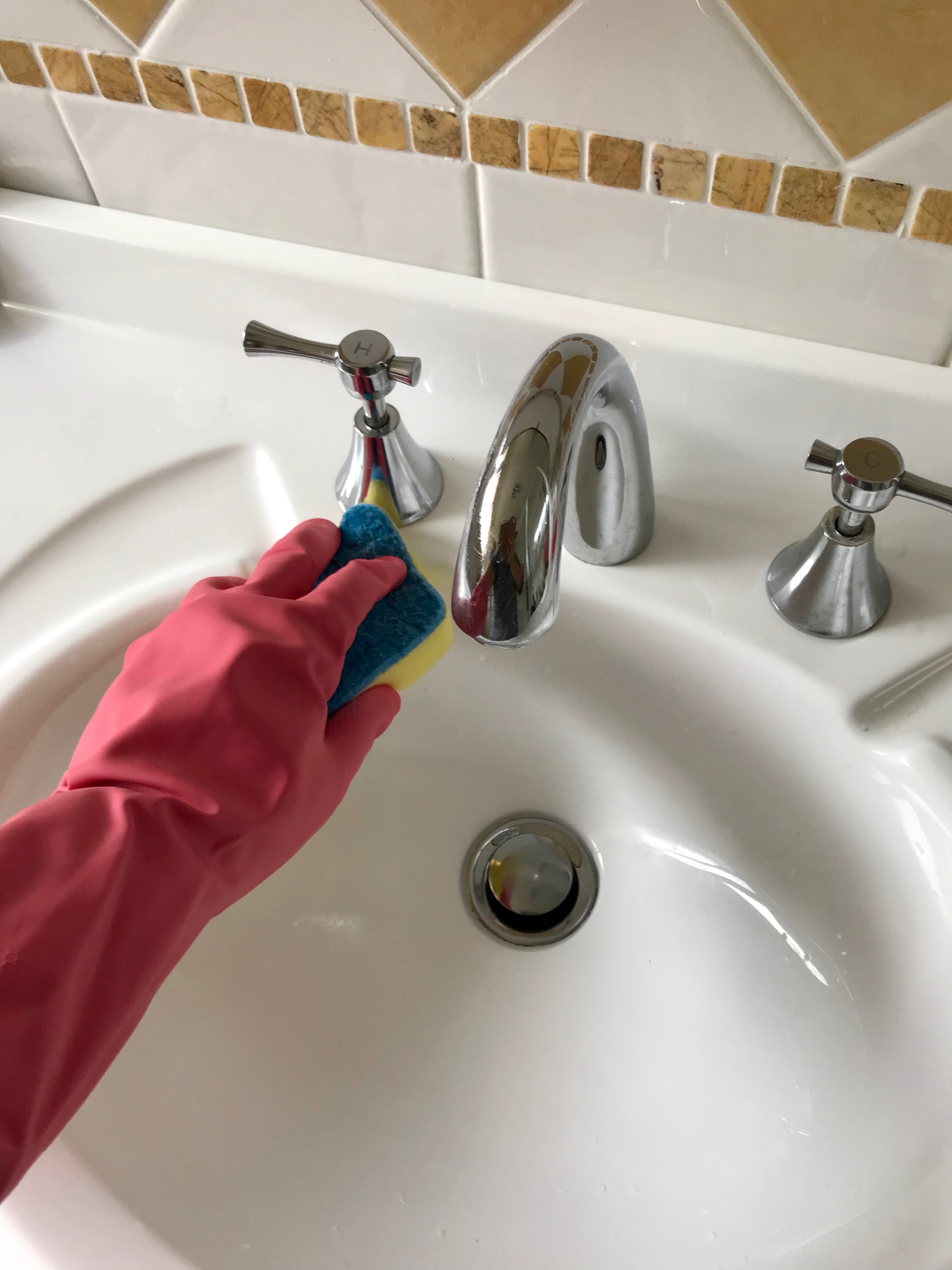










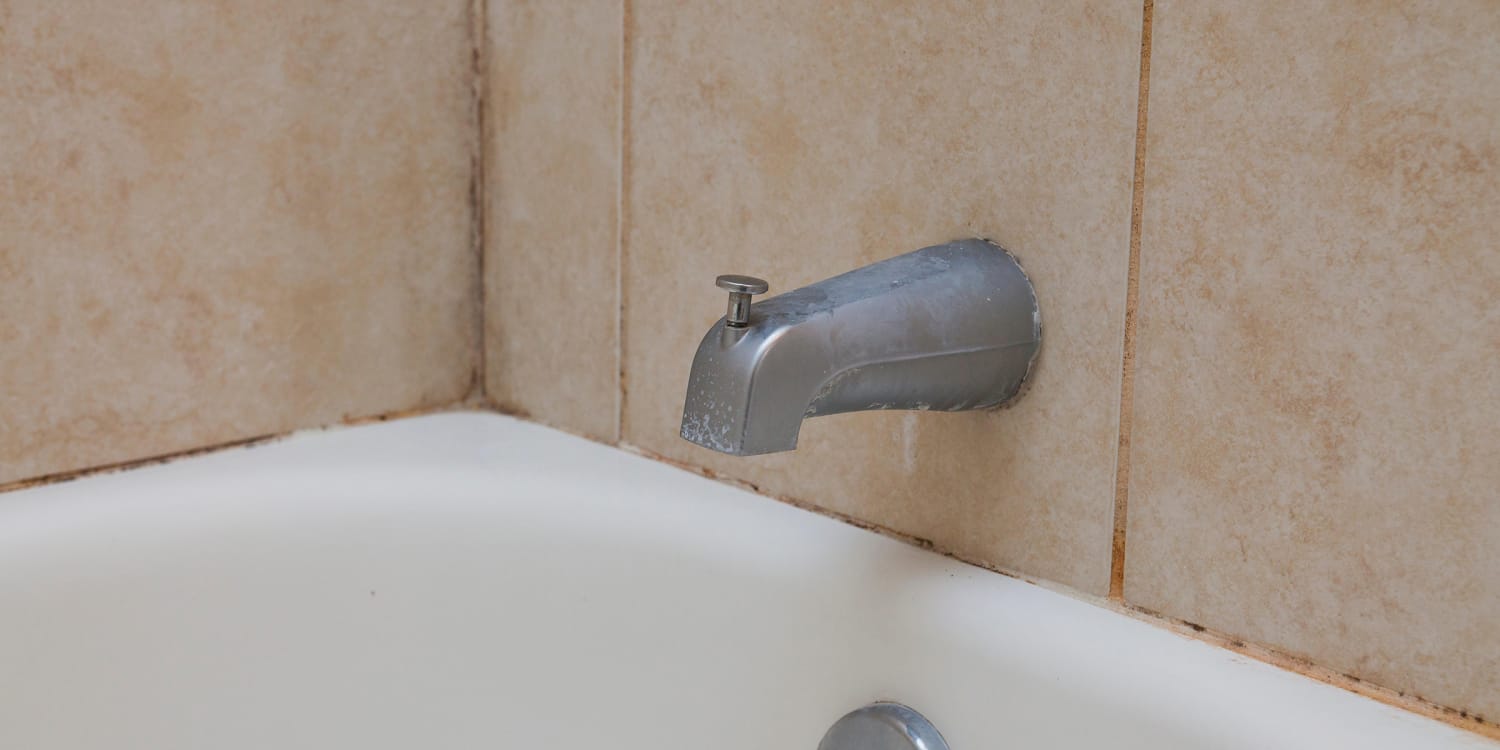

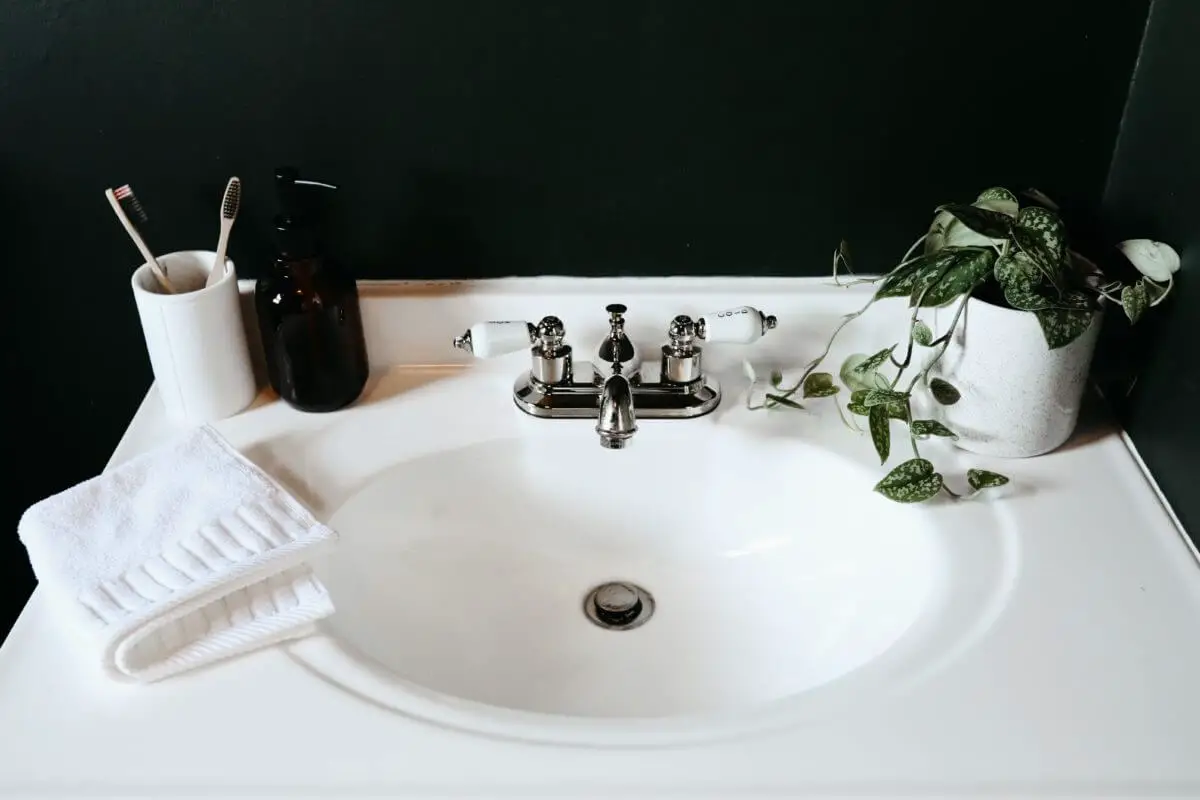

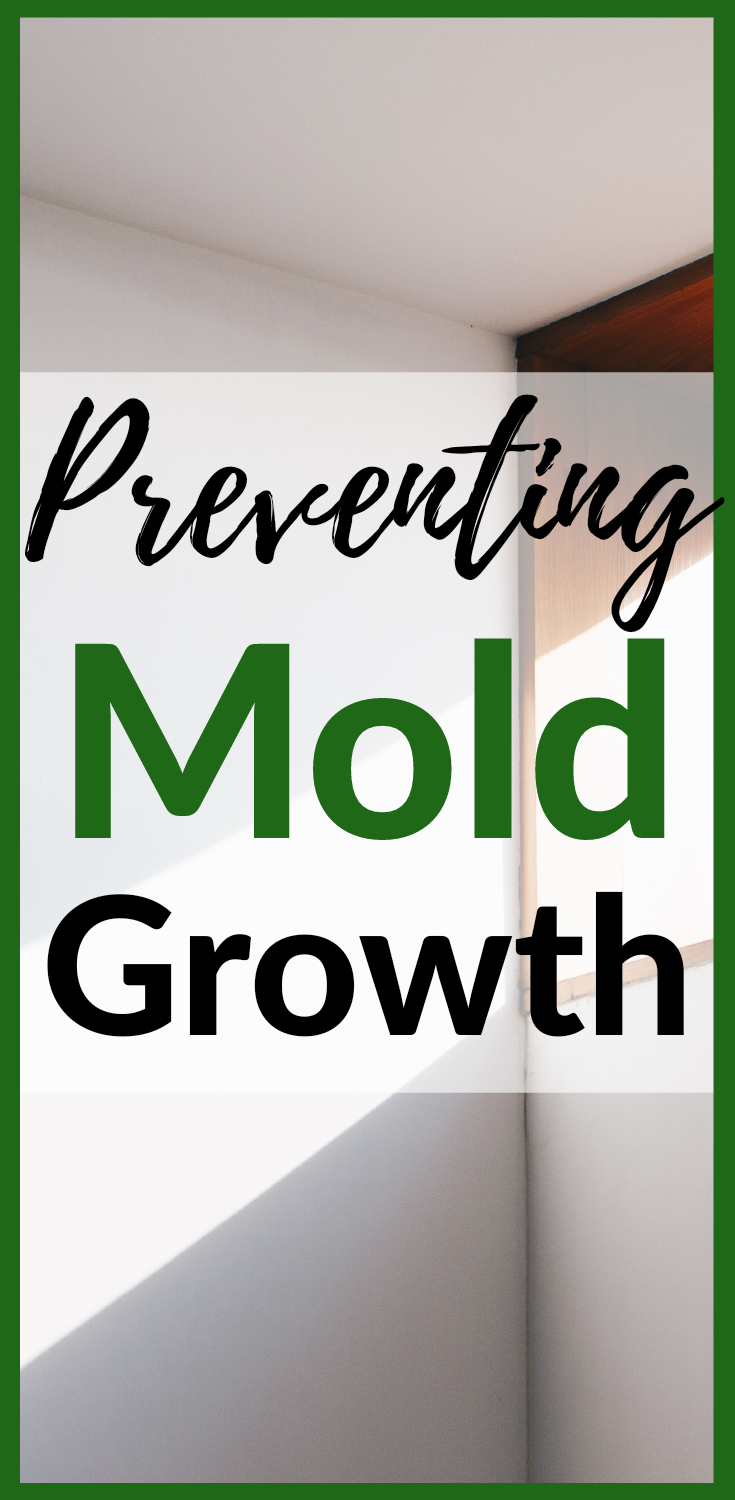
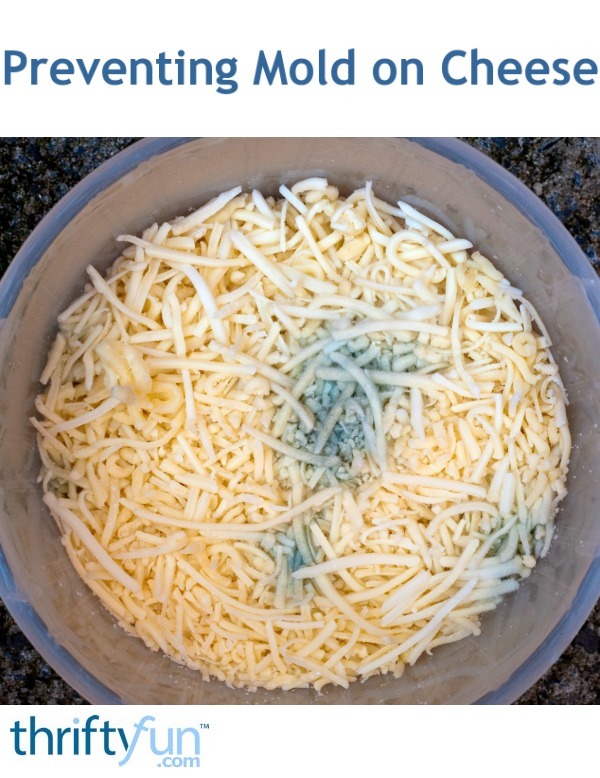

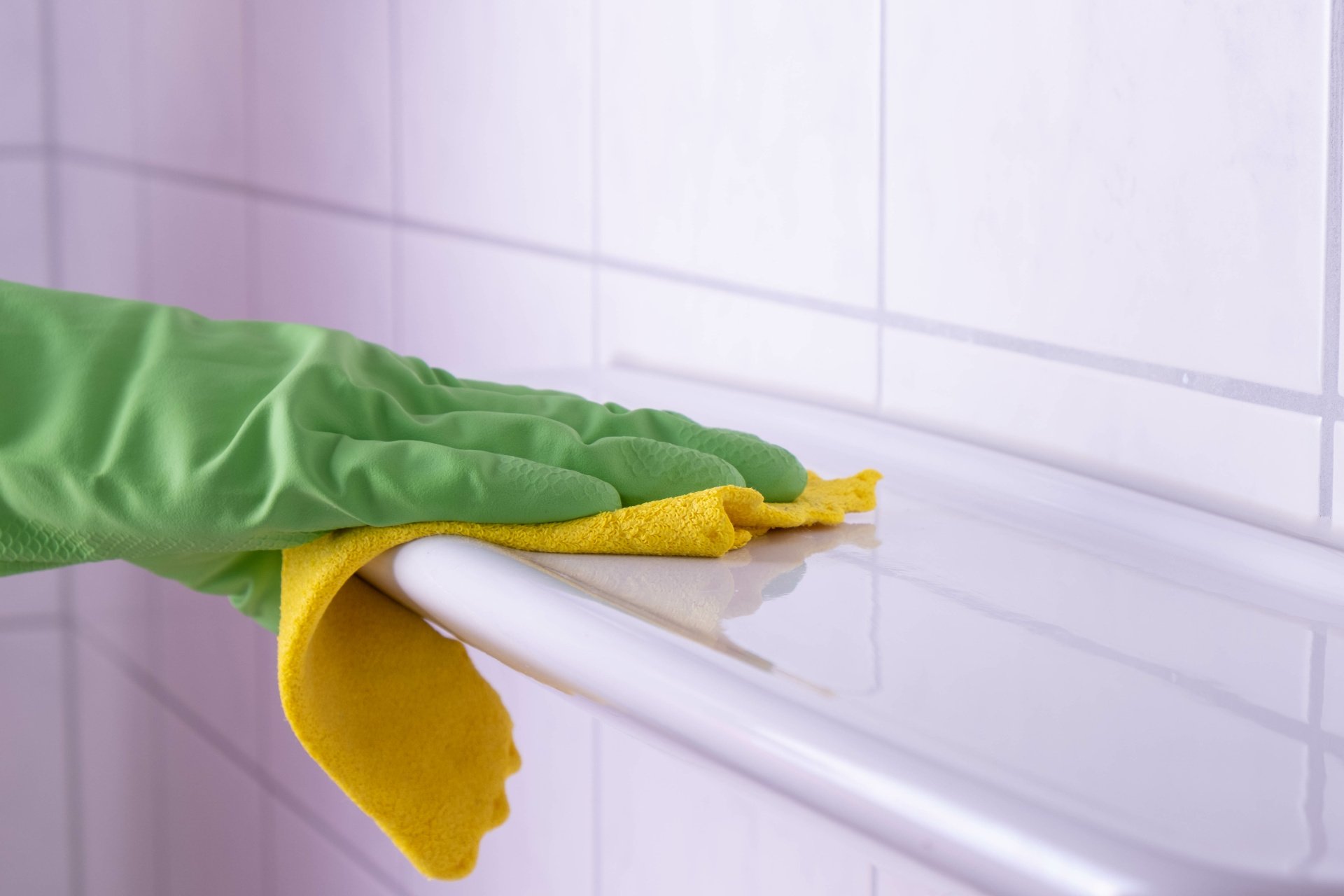

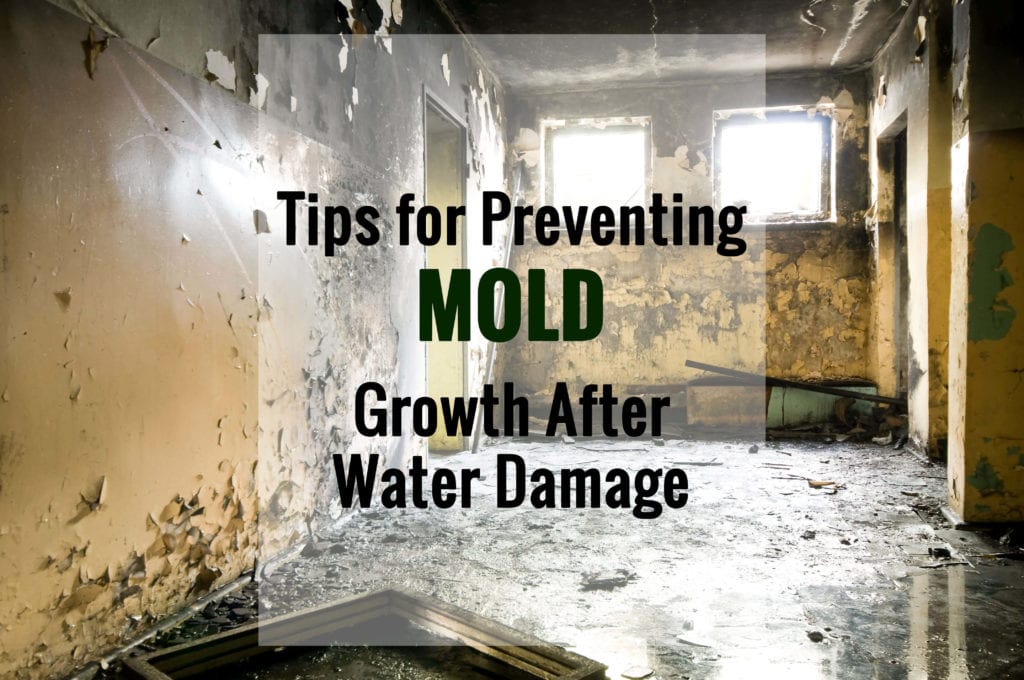


:max_bytes(150000):strip_icc()/bathroom-sink-drain-installation-2718843-07-2b728cbd5c994dc39179346f51bb6421.jpg)
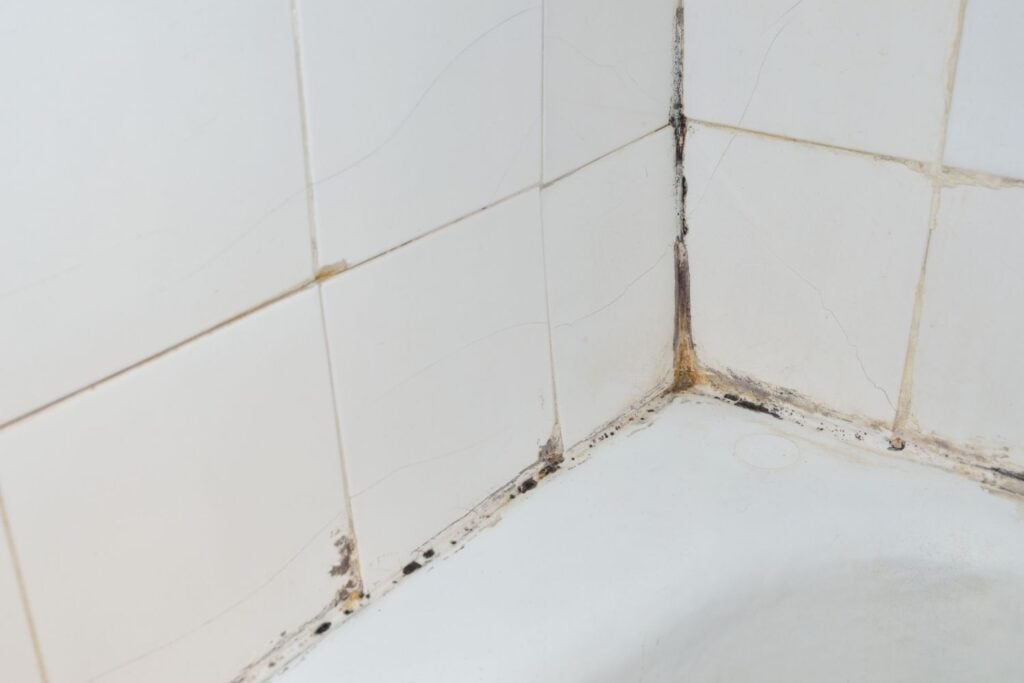










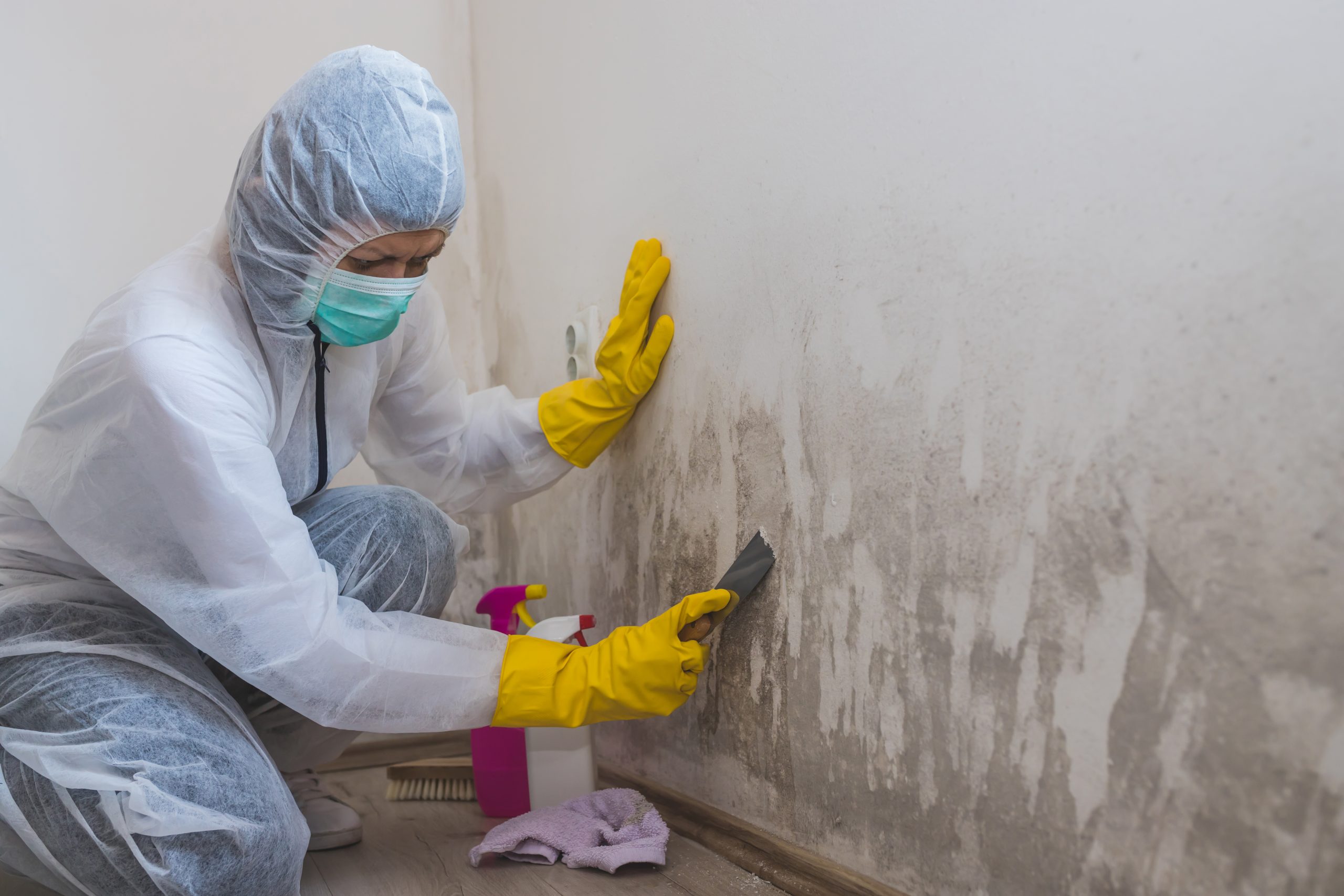

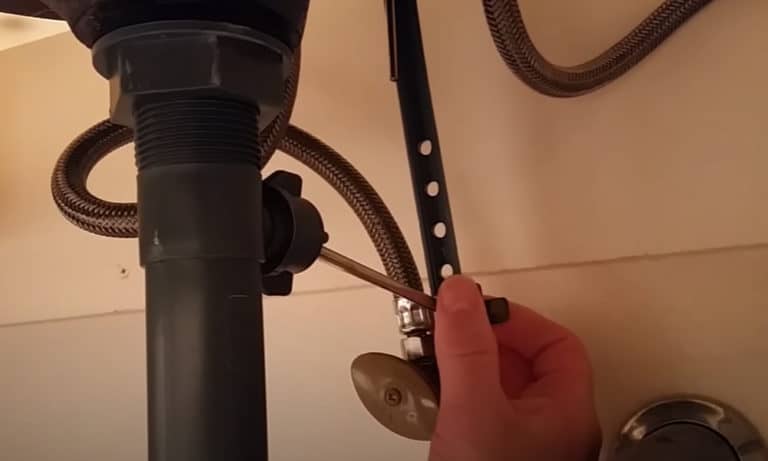



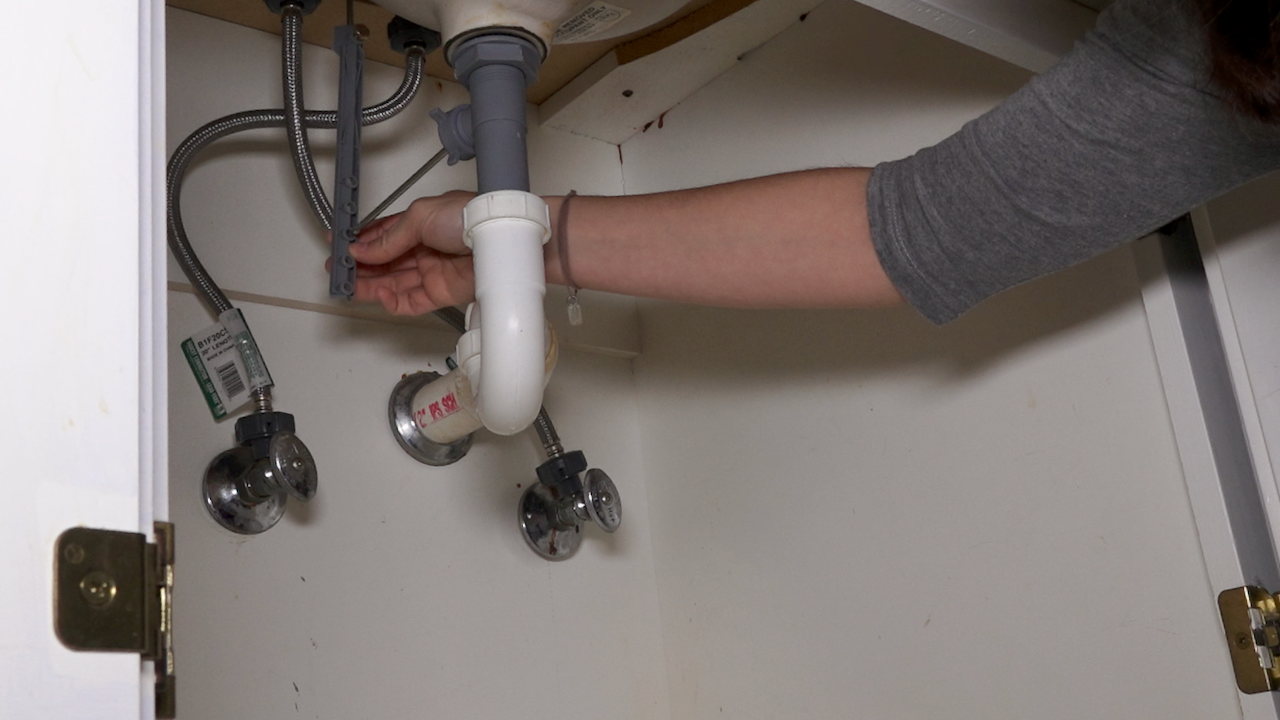


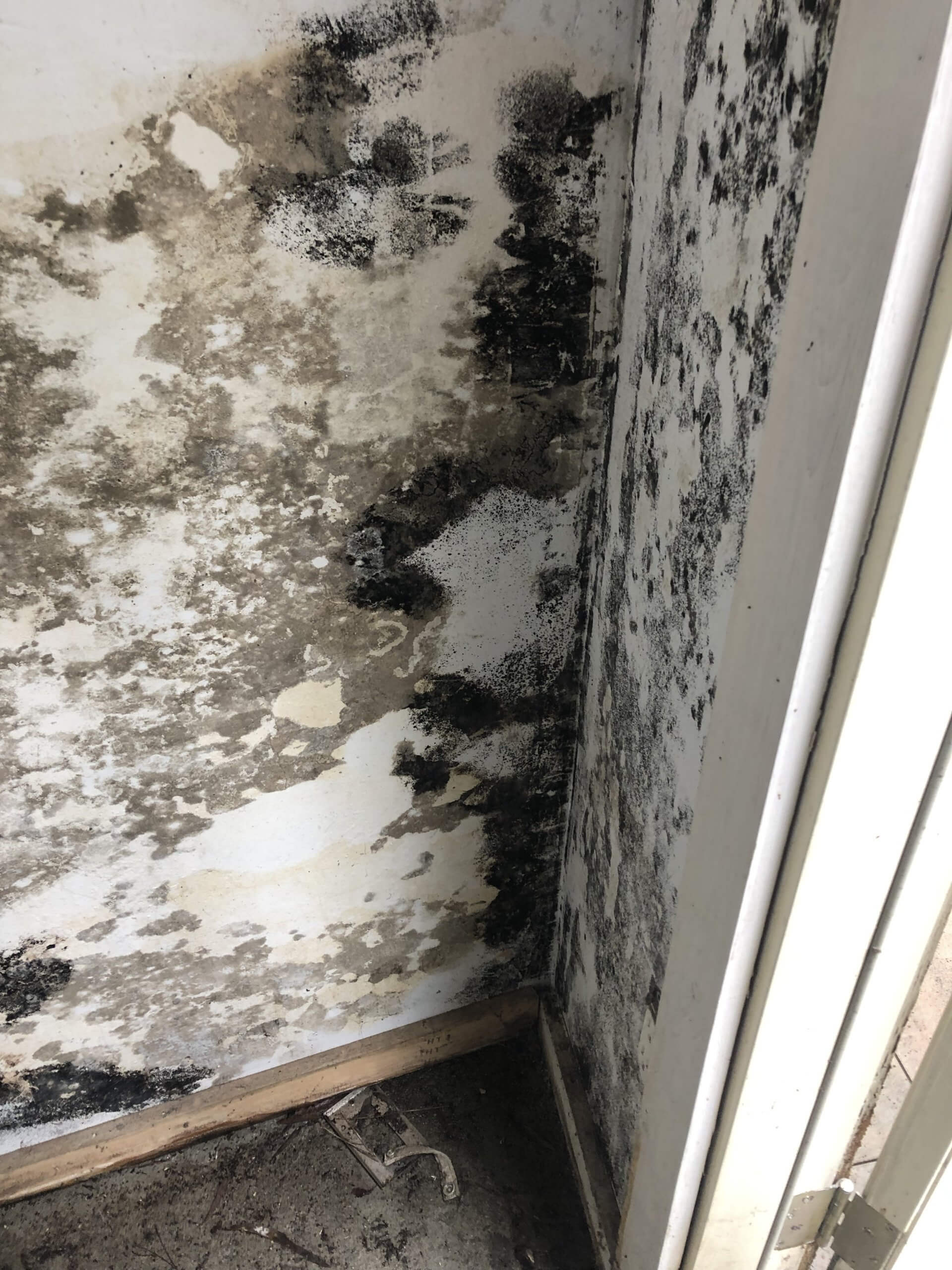
:max_bytes(150000):strip_icc()/identifying-mold-vs-mildew-4799138-final-4266e4b3d84c4401a7c1d8b6835dcc97.png)


